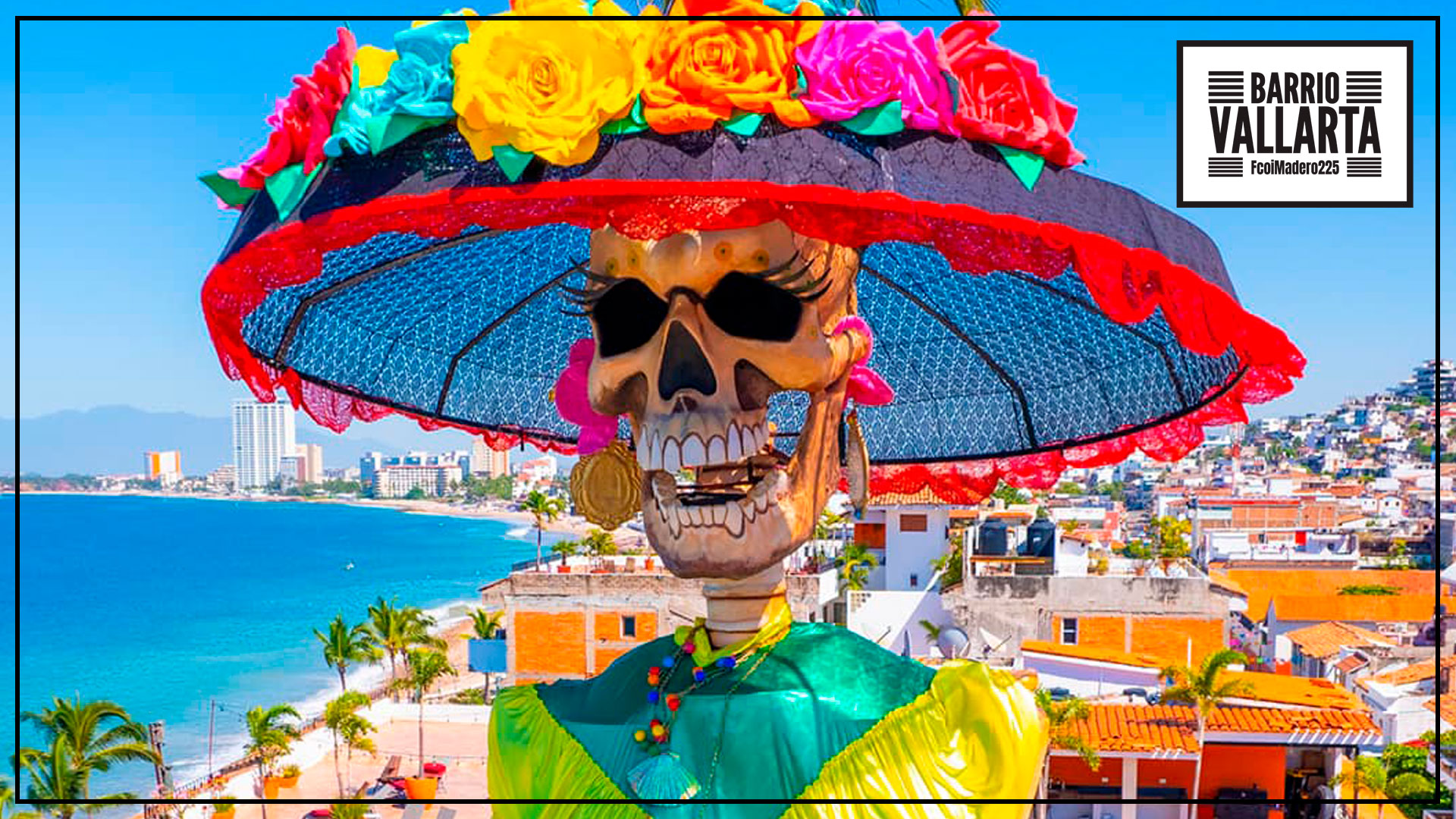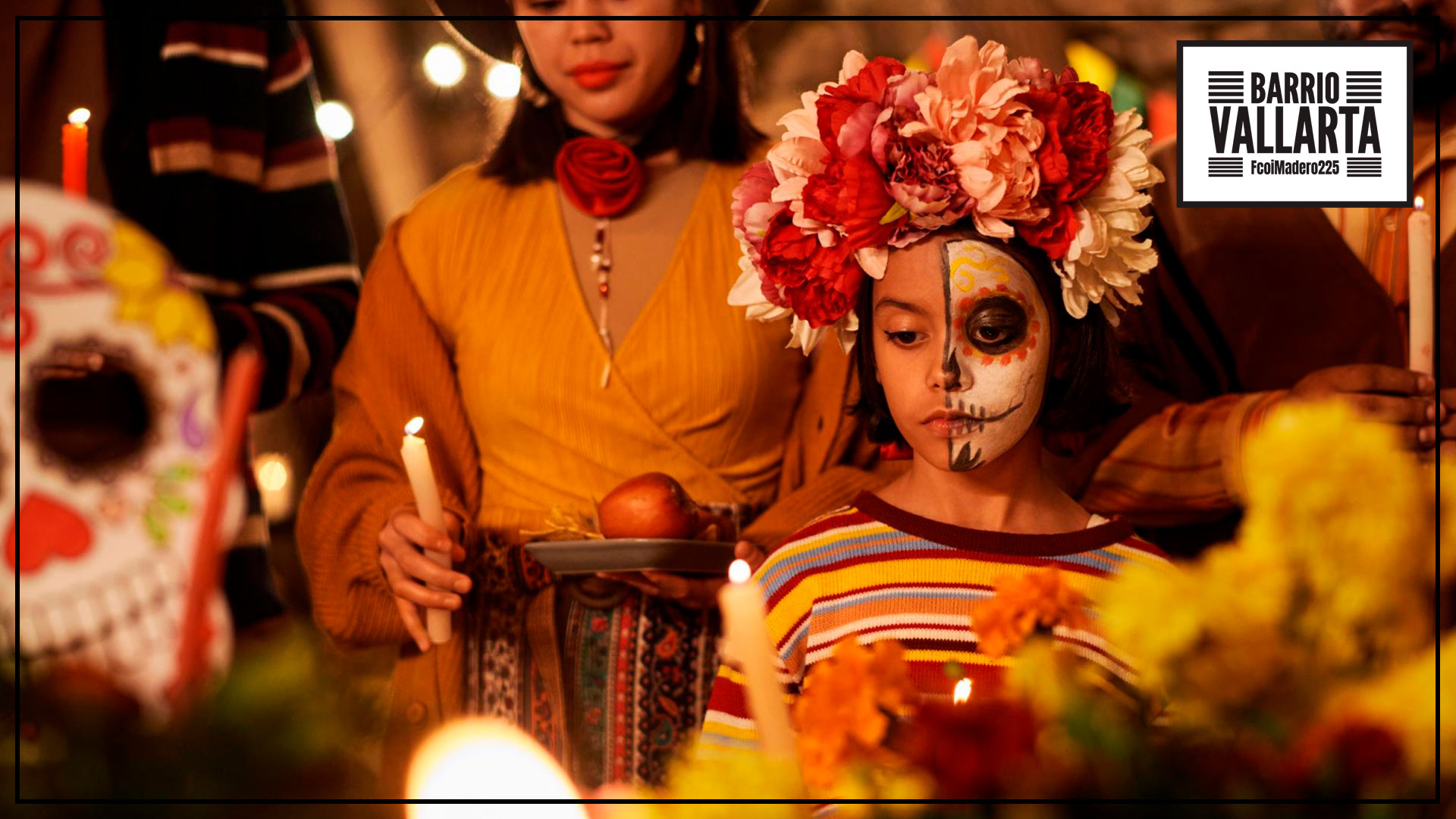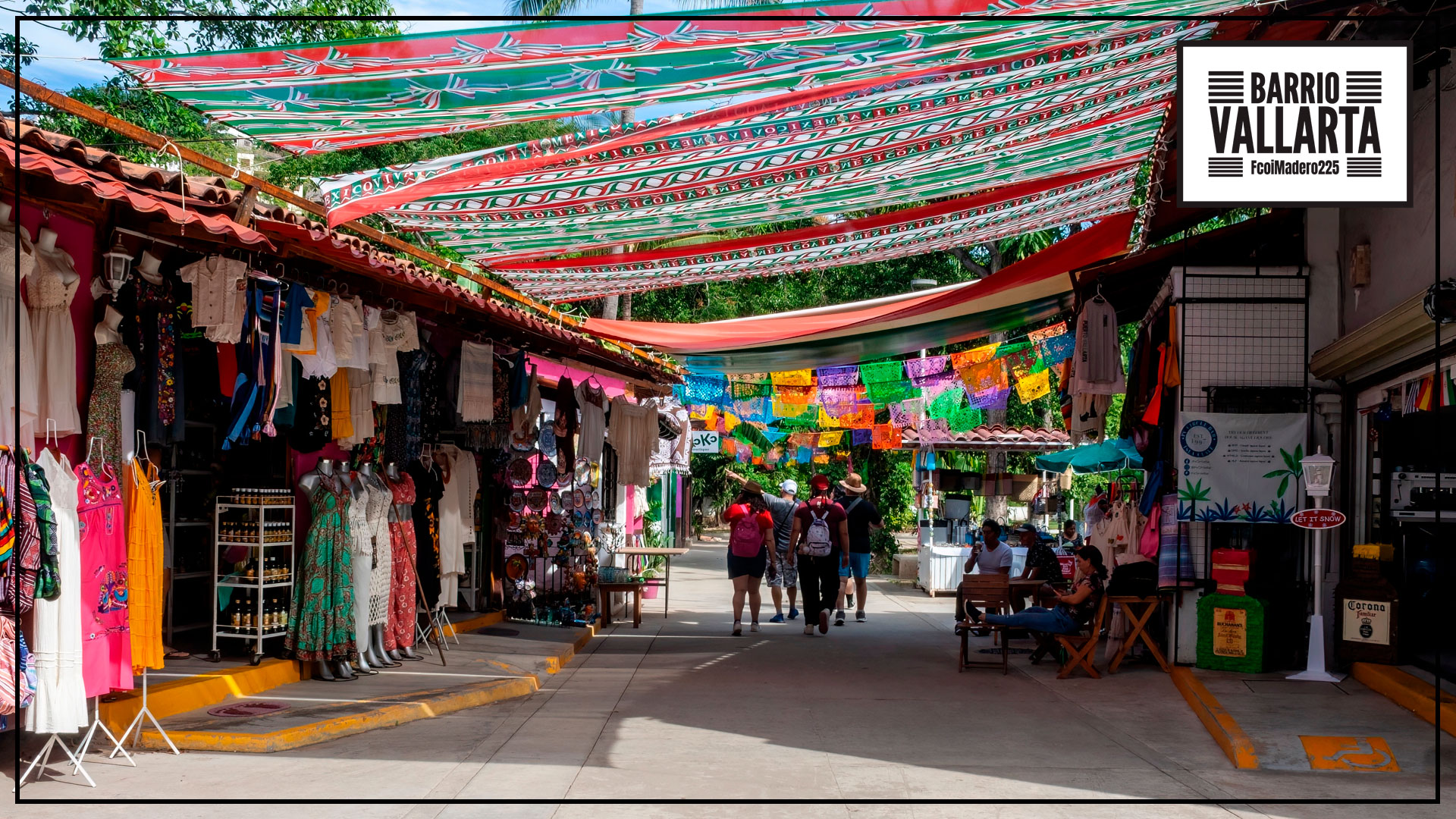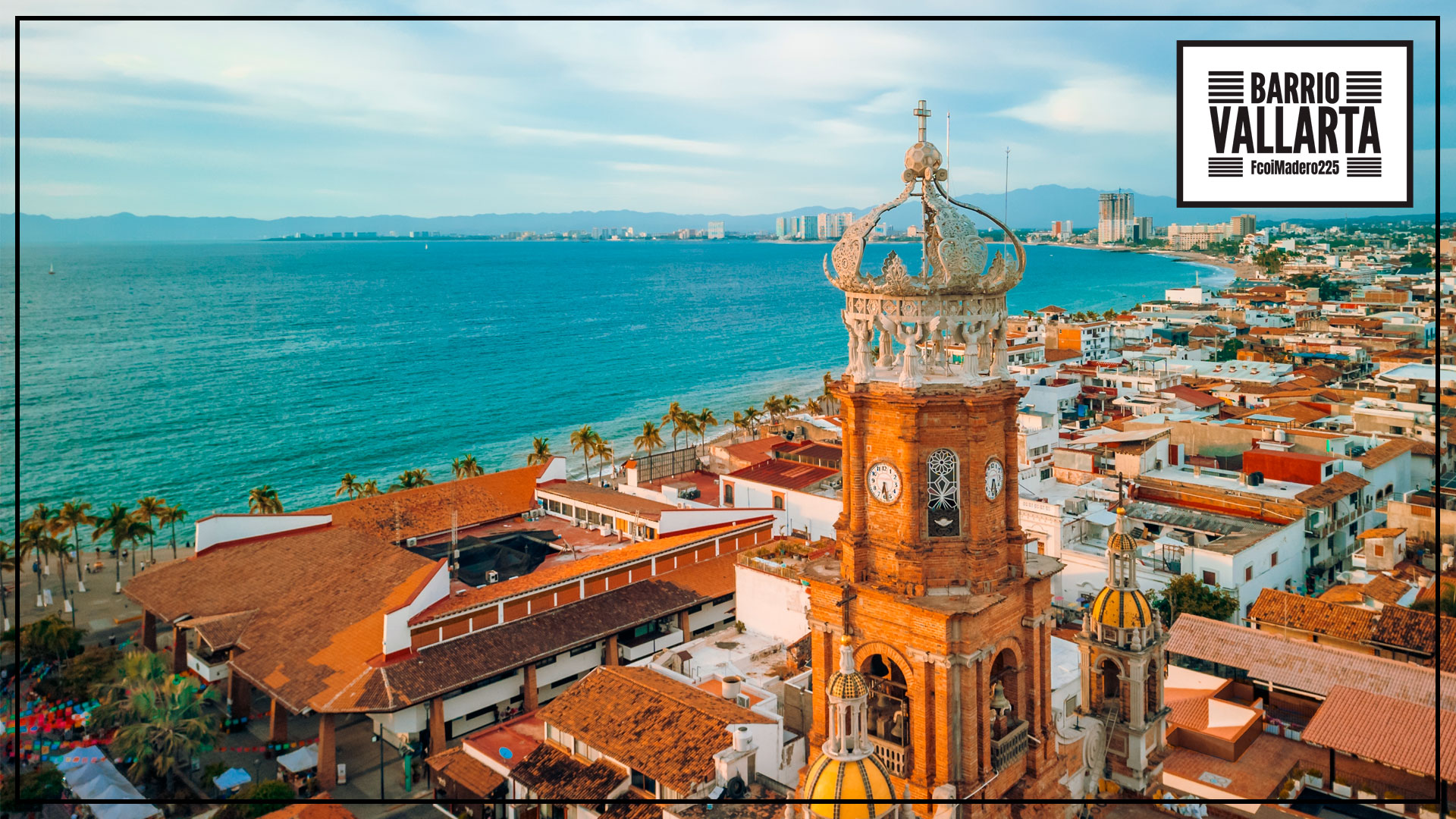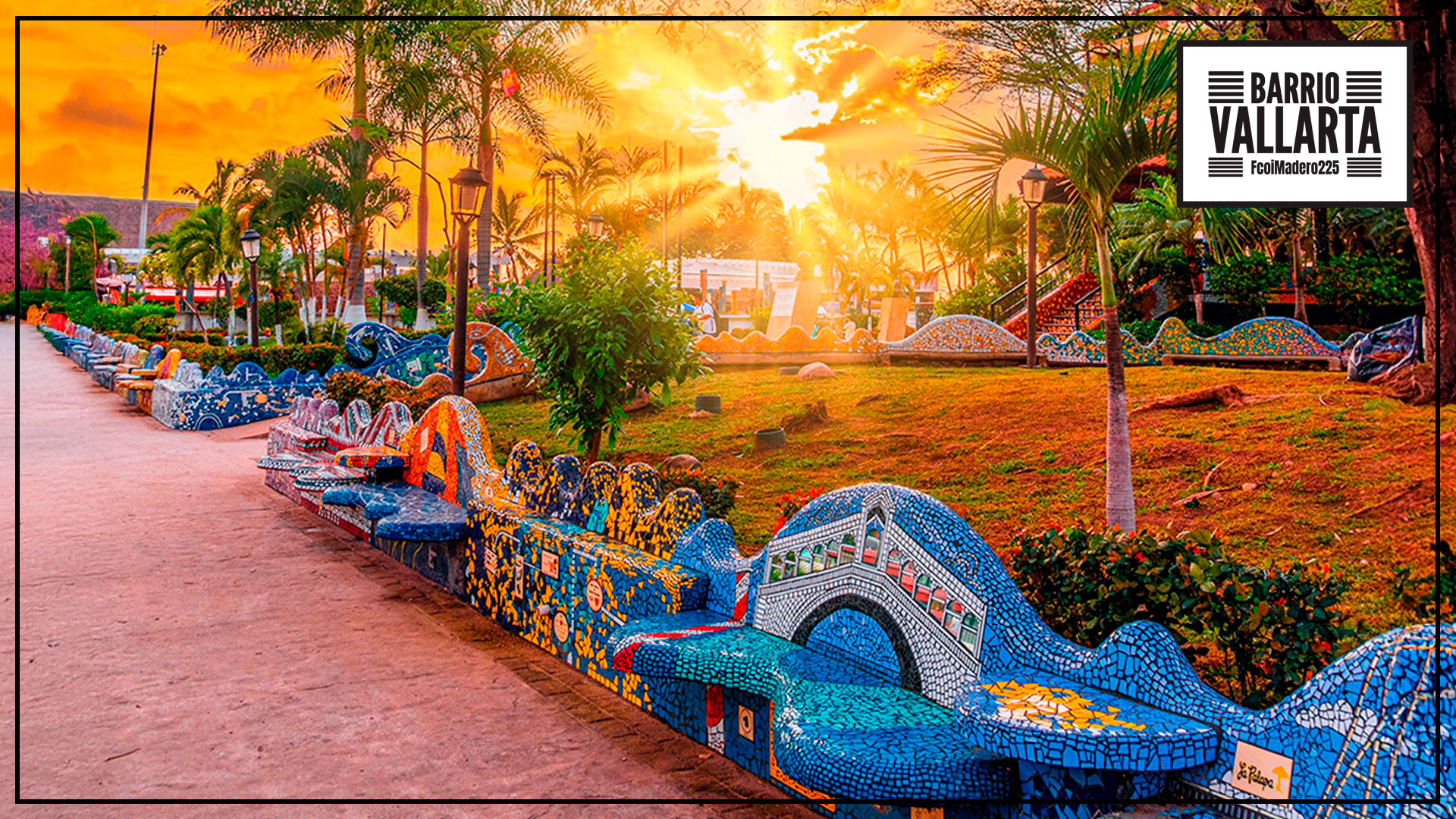19
November
MEXICO’S COMPETITION FOR THE TALLEST CATRINA: A DÍA DE LOS MUERTOS SPECTACLE
Mexico’s Competition for the Tallest Catrina: A Día de los Muertos Spectacle
Every year, as the vibrant celebrations of Día de los Muertos fill the streets of Mexico with color, tradition, and life, a unique and awe-inspiring competition takes place: the contest to create the tallest Catrina. The Catrina, a skeleton figure dressed in lavish attire, is a quintessential symbol of Día de los Muertos, embodying the cultural acceptance of death and serving as a reminder that death, like life, can be an elegant affair.
In recent years, this competition has captured the imagination of communities across Mexico, as artists and creators from different states work tirelessly to craft the tallest and most elaborate Catrinas. Each Catrina is a towering tribute to Mexican heritage, celebrating both the humor and solemnity of death. The competition has become a friendly rivalry between states, drawing locals and tourists alike to witness these monumental sculptures.
A Glimpse at the Competition
The competition for the tallest Catrina is typically held in various parts of Mexico, with cities like Aguascalientes, San Luis Potosí, and Guadalajara frequently participating. These states have deeply rooted Día de los Muertos traditions, and the contest has become a way to showcase not only creativity but also cultural pride. The Catrinas are often made from a variety of materials, including papier-mâché, metal, and wood, and they can stand over 20 meters tall.
The goal is not just to create the tallest Catrina but also to capture the spirit of the festival, using intricate designs and traditional elements that represent the character and essence of the Day of the Dead. Each Catrina’s outfit and face paint are meticulously crafted, often inspired by historical figures, local legends, or even famous artists. The competition is fierce, as different states vie for the coveted title and the opportunity to showcase their artistry on a national stage.
The 2023 Competition and Winner
In 2023, Puerto Vallarta broke its own Guinness World Record for the tallest Catrina. The monumental sculpture reached a staggering 28.15 meters (approximately 92 feet), surpassing its 2022 record of 22.67 meters. The Catrina was displayed on the iconic Malecón boardwalk and was a central part of Puerto Vallarta’s Día de los Muertos festivities. It took more than three months and four tons of materials to construct this massive artwork, which featured a grand costume made from over 700 meters of fabric .
This event has solidified Puerto Vallarta’s status as a key location for Día de los Muertos celebrations, attracting thousands of tourists to witness the artistic and cultural display. The city’s achievement has positioned it as a top destination for this traditional holiday.
Previous Winners and Runner-Ups
In 2022, Puerto Vallarta also held the record for the tallest Catrina, standing at 22.67 meters. This sculpture beat the previous record held by Zapotlanejo, Jalisco, whose 18.77-meter Catrina reigned from 2015 until Puerto Vallarta’s victories. These giant Catrinas, with their intricate details and symbolic designs, demonstrate the fusion of art and cultural identity that defines Día de los Muertos .
Competing States and Their Contributions
Throughout the years, various states have entered the competition for the tallest Catrina. Notable participants include:
• Aguascalientes: The birthplace of the original Catrina figure and a frequent contender, often producing elegant and historically rich designs.
• Guadalajara (Jalisco): Known for creating some of the tallest Catrinas before Puerto Vallarta’s record-breaking achievements.
• San Luis Potosí: Another regular participant, offering creative interpretations that celebrate local culture.
• Puebla: A state renowned for paying tribute to its Indigenous heritage through detailed, textile-inspired designs.
The competition not only highlights craftsmanship and engineering but also serves as a point of pride for the states involved, as they express their own regional flair while honoring the country’s shared cultural traditions.

